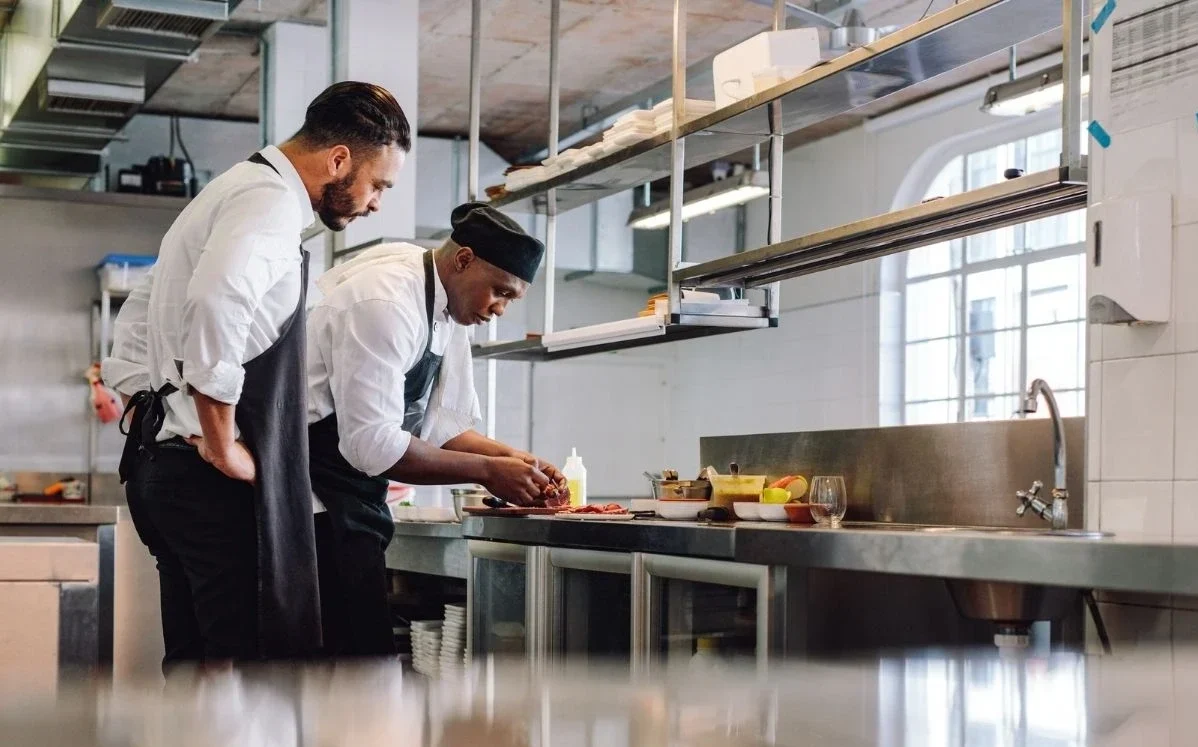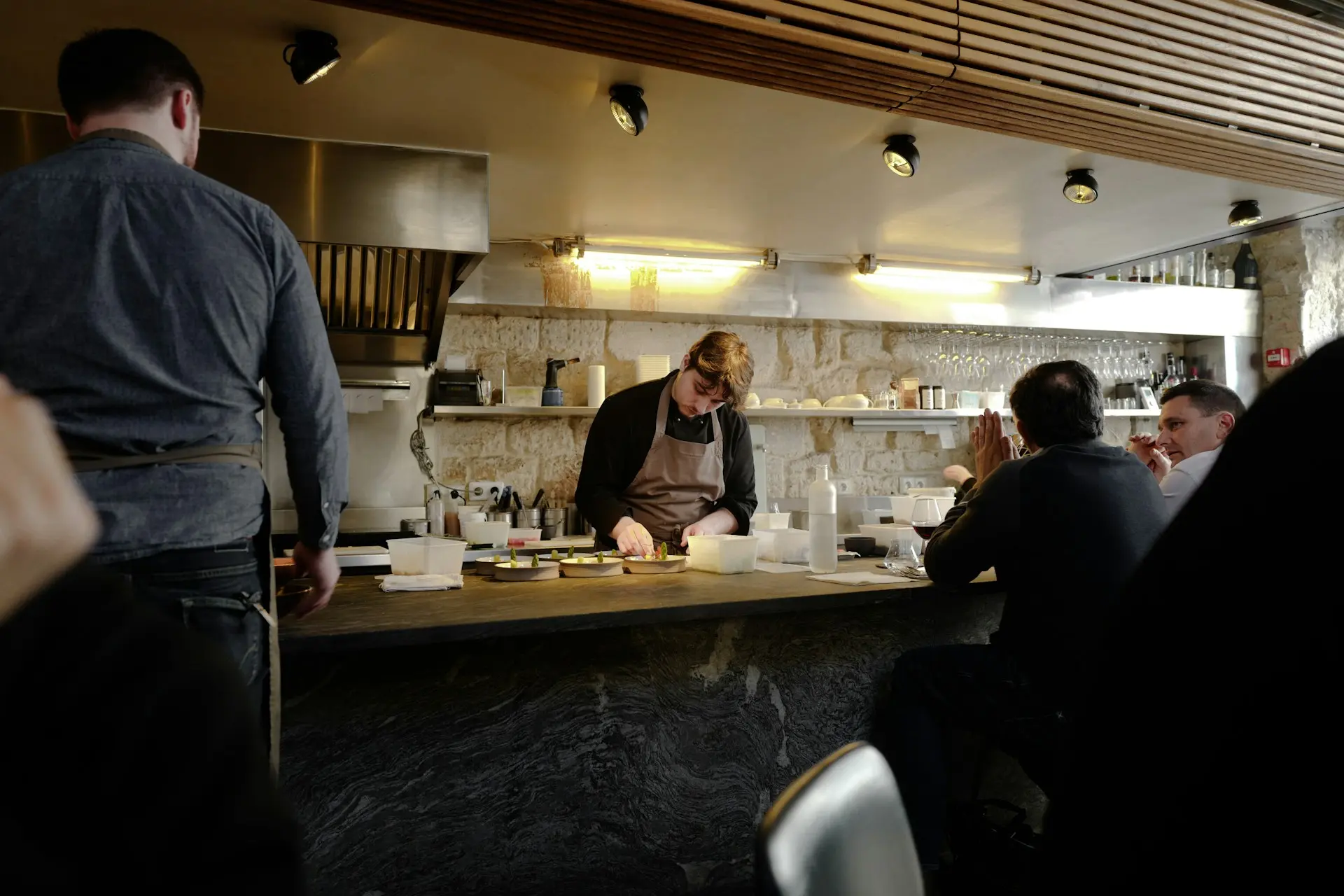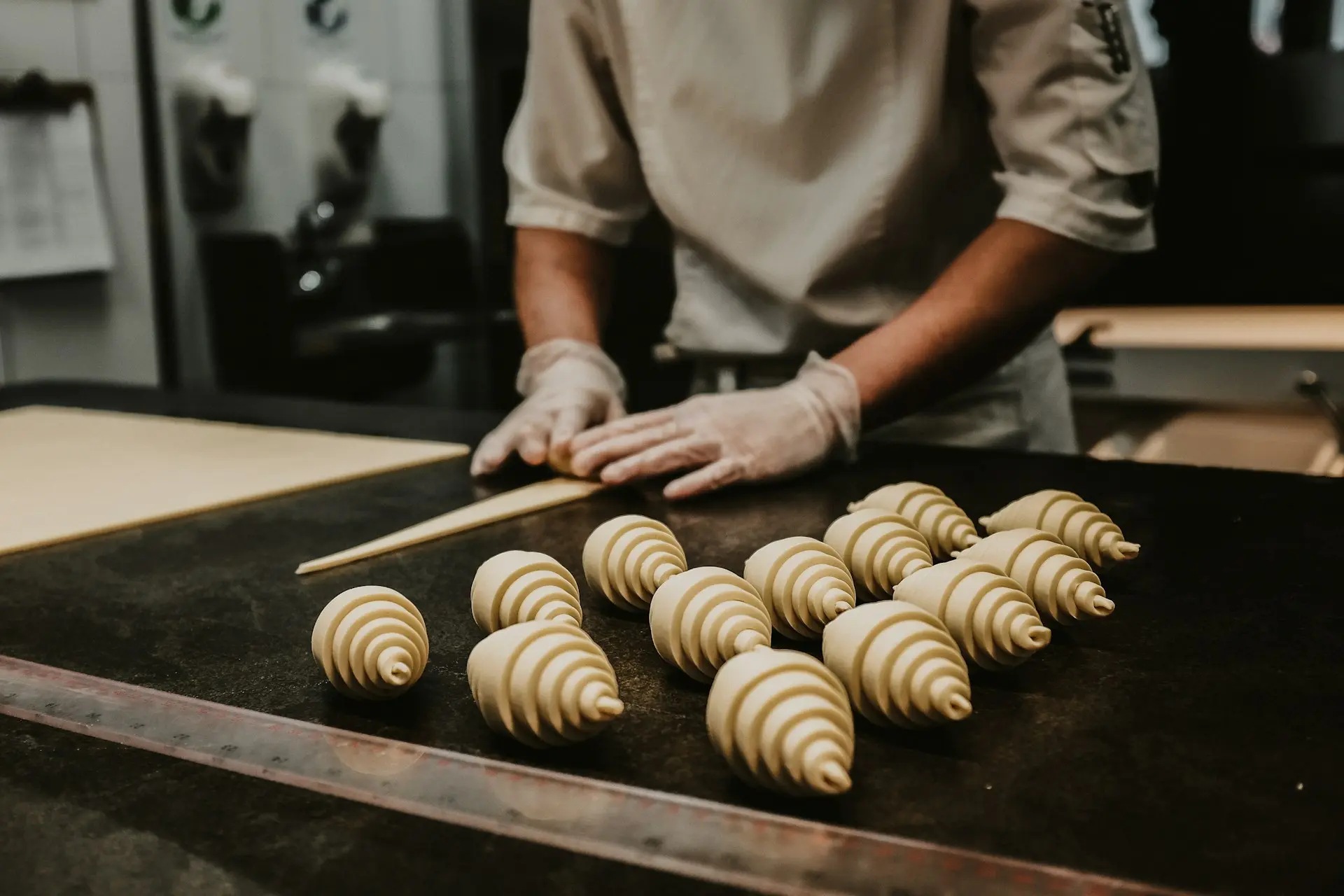

Is Delivery possible for all business models? Is the solution for the sector in the current situation? And longer term? Will it keep growing? Will you replace the visit to the restaurant? With a vision focused on food as a service, these and other questions are answered here. Responding to the needs of the sector and providing professionals with the necessary management tools is one of the fundamental objectives of Gasma’s masters and diplomas, with programs such as The Master´s in Gastronomy & Culinary Management, next edition takes place in September 2021.
The rules of the catering business are changing at full speed. If we were already in a time of transformations (digitization, automation of processes and first steps in robotization, improvement of experience, professionalization, new casual concepts based on new trends, new moments of consumption, the emergence of food as a service…), the COVID-19 pandemic is functioning as an accelerator of the change in restoration as we have known it so far.
The implementation of new safety measures in food health and hygiene translates, in practice, into the need to rething the business for a new capacity, with new procedures and in an unstable scenario in which uncertainty encompasses everything. In Spain, what we know so far tells us that restaurants will have to implement measures in three major areas: hygiene of the premises, hygiene of staff and prevention of risks and operational organization of the restaurant.
In this context, there are many restaurants that have considered pivoting their business model towards delivery. However, one may ask: Is delivery possible for all business models? Is it the solution for the sector, in the current situation? And longer term? Will it keep growing? Will you replace the visit to the restaurant? In this article I analyze the current moment to try to offer you a broader view of the catering business, beyond delivery as we understand it now and focused on the trend that I consider more powerful: food as a service.
It’s the question that millions of restaurateurs ask themselves. To answer it, there are some previous questions that it is a good idea to consider. In my opinion, the first thing a restaurant has to value with respect to delivery is whether it is profitable in several aspects: operational, type of gastronomic offer and profitability.
Starting with the operation, we must take into account the production capacity of our kitchen. If we consider the cuisine of our restaurant as a production center that can serve different formats and moments of consumption, we must calculate the production capacity realistically and see how much we could dedicate ourselves to the restaurant as such and in what percentage to other options such as delivery, takeaway, grab&go…
If my production capacity is already assumed by my room, I will not be able to produce for other formats. In addition, we must make the calculation for different realities over time, taking into account the different capacity restrictions, staff and means in each case.
Let’s move on to the gastronomic offer. Here the question is clear: My kitchen… do you travel well? Before making the decision to enter the delivery, we must analyze our menu and think about how that dish we have prepared will reach the customer. That is, we all know that a pizza travels well, however some chips not so much. Jesús Sánchez, from the Cenador de Amos (Cantabria, 3 Michelin stars), told me that his cuisine, because of the characteristics of preparation and emplatado, would not travel well. He wouldn’t offer the experience he does offer at home in his restaurant. Before making the decision, it is essential to reflect whether the product that will reach the customer will do so in the optimal conditions to generate a good experience.

And we got to the crun of the matter. You may have the operational ability to diversify channels and have designed a specific gastronomic offering that travels well and offers a good experience. It’s time to ask: Is it profitable for my restaurant to deliver?
To respond, keep in mind that in the cost of delivery there is an increase, which is the price of the transport. You will have to decide whether to transport your own or with an aggregator, as well as who assumes that cost of transportation (whether the customer or your business) and evaluate the project in terms of profitability.
Recapting: Before making the decision of whether or not the delivery is for your restaurant, you should assess the operational part, the transport part, the logistics of the food and the economic impact on the price. Delivery is an option, though not an option for everyone
There is an idea, which I have written or talked about in these weeks, that goes beyond delivery and that is that of the restaurant as a production center. Viewed with perspective, restaurants are productive areas in which to handle and produce food. If we rethly regret the business model and do so from the base, we can identify other consumer moments and other customers, which open up new lines of business. If the customer we have had so far in the restaurant decreases (in customer volume, in turnover…), it is time to ask ourselves: What other customers am looking for? What other products can I prepare in my production center? How can I diversify?
If we rethly regret the business model and do so from the base, we can identify other consumer moments and other customers, which open up new lines of business.
We’re talking about new business models inside the food as a service umbrella. These include delivery, takeaway and grab & go, which are perhaps the most widespread and well-known, but also meal kits (a whole stream that comes from the USA and consists of hyper-personalized food kits — either ingredients or well prepared, which is the part that interests us as restaurants — to consume at home or anywhere), gastronomy prepared for distribution in retail spaces (we will see landing brands of restaurants – to consume at home or anywhere), gastronomy prepared for distribution in retail spaces (we will see landing brands of restaurants , both independent and chain or associated with hotels, with packaging and products with a lot of identity), gastronomy prepared for leisure spaces (gyms, cultural and social centers…) and even the transformation of the restaurant into a takeaway space reinvented and redesigned from the point of view of service and experience.
After all, the fifth specialized range for Horeca and the prepared food that we find in supermarket liners have been talking about this for years.
READING THE GLOBAL SITUATION
Big trends, such as food as a service, help us read the global situation and set us a number of options. When it comes to making decisions, choosing a specific business model within the food as a service in this case, the key is to analyze the micro environment in which your business moves. We must understand the dynamics of the street in which it is located, of the neighborhood, of the city, of the region; what each other’s business environment is. This is how micro environment gives us the new scenario for a new value proposition, with safety always as a key factor from now on.
When it comes to making decisions, choosing a specific business model within the food as a service, the key is to analyze the micro environment in which your business moves.
Identify people’s social behavior and reactions to situations of profound transformation as the current one marks changes in consumption habits and can serve as a guide to making decisions about your business model.
If, after reflection, you decide that any of the food as a service options are for your catering business, the first thing you need to do is plan. Also in this situation of crisis and uncertainty. Or better: especially in this situation of crisis and uncertainty. Value economic viability in your business plan, consider the legal aspects—think they’ll change a lot in the coming weeks and months—and plan well for the operations and logistics you’ll need to pivot your business model.
Is delivery the solution for restaurants? It is the question that this article leads and does not have a single answer. To answer it, consider the guidelines we’ve thought about, think strategically, and analyze your microentorn. The key to finding and detecting opportunities is to analyze when your customers are consuming about your product or service. In this way, you will also be able to detect opportunities related to new products or services, which meet new needs and demands.
In a conversation I had a few days ago with Benjamin Calleja, CEO of Livit, he told me that the boom that COVID-19 has brought to delivery services, takeout and other models that fall within the food as a service will be maintained to a large extent when the situation of restaurants normalizes, because it has meant a discovery for people who until now were not users , who have been forced to do so out of necessity and who have seen their advantages. He believes that, as a restaurant, it’s time to make a decision: bet on out of the house channels or bet on traditional catering by taking an important turn toward the experience.
Staying in an intermediate model may not be a good decision. I invite you to reflect on it and make your choice, which I hope will be the most successful.
Author: Eva Ballarín
Source: Excelencias Gourmet
Responding to the needs of the sector and providing professionals with the necessary management tools is one of the fundamental objectives of Gasma’s masters and diplomas, with programs such as the Master’s Degree in Gastronomy and Culinary Management,the next edition of which begins in September 2021.



Formaciones TOP
Categorías
Artículos más leídos
